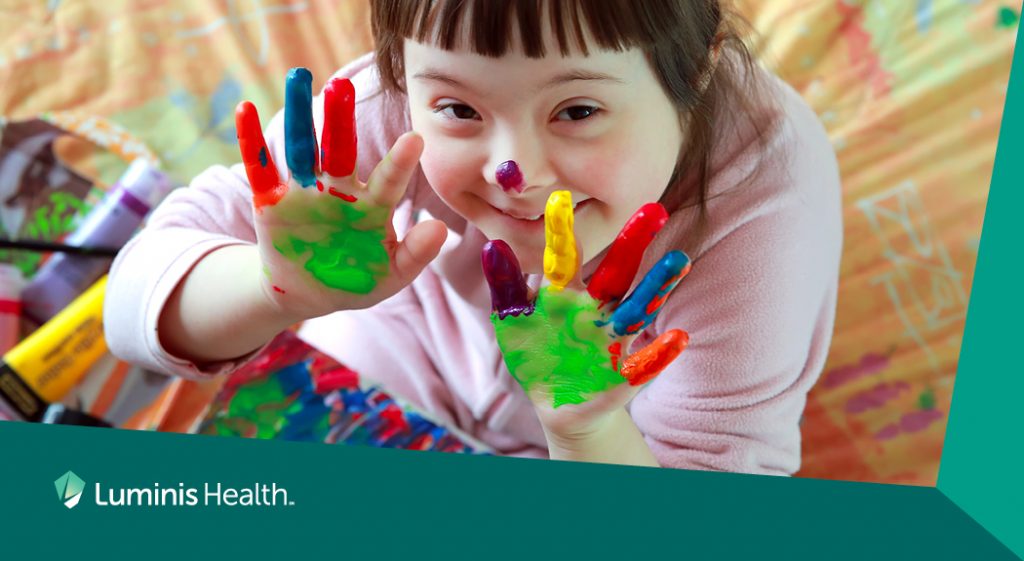Strep throat is a throat infection caused by a bacteria called group A Streptococcus bacteria (group A strep). The bacteria live in the nose and throat. Strep throat is contagious and spreads easily from person to person through airborne droplets when an infected person coughs, sneezes, or talks. Good hand washing is important to help prevent the spread of this illness. Children diagnosed with strep throat should not attend school or daycare until they have been taking antibiotics and had no fever for 24 hours.
Strep throat mainly affects school-aged children between 5 and 15 years of age, but can affect adults too. When it isn’t treated, it can lead to serious problems including rheumatic fever (an inflammation of the joints and heart) and kidney damage.
How is strep throat spread?
Strep throat can be easily spread from an infected person’s saliva by:
- Drinking and eating after them.
- Sharing a straw, cup, toothbrushes, and eating utensils.
When to go to the emergency room
Call 911 if your child has trouble breathing or swallowing. Call your health care provider about other symptoms of strep throat, such as:
- Throat pain, especially when swallowing.
- Red, swollen tonsils.
- Swollen lymph glands.
- Stomachache; sometimes, vomiting in younger children.
- Pus in the back of the throat.
What to expect in the ER
- Your child will be examined and the health care provider will ask about his or her health history.
- The child’s tonsils will be examined. A sample of fluid may be taken from the back of the throat using a soft swab. The sample can be checked right away for the bacteria that cause strep throat. Another sample may also be sent to a lab for testing.
- Your provider will usually prescribe an antibiotic to kill the bacteria. Be sure your child takes all the medicine, even if he or she starts to feel better. Antibiotics will not help a viral throat infection.
- If swallowing is very painful, your provider may also prescribe painkilling medicine.
When to call your health care provider
Call your health care provider if your otherwise healthy child has finished the treatment for strep throat and has:
- Joint pain or swelling.
- Shortness of breath.
- Signs of dehydration (no tears when crying and not urinating for more than 8 hours).
- Ear pain or pressure.
- Headaches.
- Rash.
- Fever (see Fever and children, below).
Easing strep throat symptoms
These tips can help ease your child’s symptoms:
- Offer easy-to-swallow foods, such as soup, applesauce, popsicles, cold drinks, milk shakes, and yogurt.
- Provide a soft diet and avoid spicy or acidic foods.
- Use a cool-mist humidifier in the child’s bedroom.
- Gargle with saltwater (for older children and adults only). Mix 1/4 teaspoon salt in 1 cup (8 oz) of warm water.




